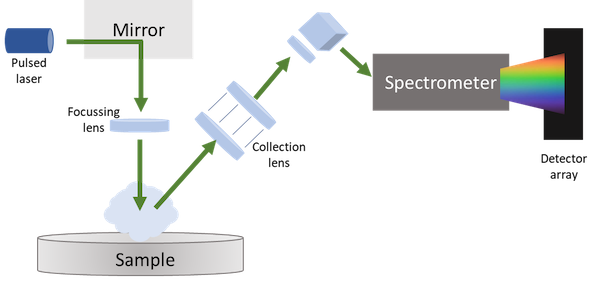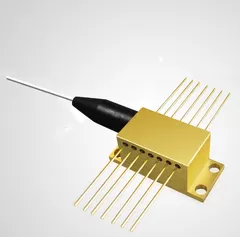
SciMerTech is a science centered company with core competecies in analytical software technologies and precision optics. We design our products and services to help and support people and globe with our technologies. Here we introduce our state of the art precision optics line manufactured on our own production line. Our main optics line contains Beam splitters, Neutral Density Filters, Prisms, Lenses, Mirrors, and Wollaston Prisms. Here, below as the first of our product line we show the performance of the wollaston prisms.

Laser spectroscopy is a technique that uses laser light to study the interaction between matter and electromagnetic radiation. Spectroscopy denotes methods where the interaction of light with matter is utilized. It provides detailed information about the structure, dynamics, and environment of molecules.
Due to their high sensitivity, resolution and non invasive nature. The technique supercedes many other methods in play.
We at Scimertech are capable of proviliding OEM sources components to setup a line specfic laser absorption or time resolved spectroscopy for your need. Our aim is to provide the best possile technologies in affordable price.We have a varied combination of sources, interaction cell and detectors. All of them are completely customizable according to your need.

Customer specfic laser diodes are deployed and sensitivity with the detectors are tweaked as per the need of the project.
Sample interaction cells, wavelength specification and type of spectrography are customisable
Our OEM partners are capable of providing wavelength from Near to Mid infrared, with both CW and pulsed ultrafast kits
If interested in costumisable laser spectroscopy set up, please write us.
Our team will contact you with a list of options.
Once received:
And your customised laser spectrometer is setup.

| Cookie | Duration | Description |
|---|---|---|
| cookielawinfo-checkbox-analytics | 11 months | This cookie is set by GDPR Cookie Consent plugin. The cookie is used to store the user consent for the cookies in the category "Analytics". |
| cookielawinfo-checkbox-functional | 11 months | The cookie is set by GDPR cookie consent to record the user consent for the cookies in the category "Functional". |
| cookielawinfo-checkbox-necessary | 11 months | This cookie is set by GDPR Cookie Consent plugin. The cookies is used to store the user consent for the cookies in the category "Necessary". |
| cookielawinfo-checkbox-others | 11 months | This cookie is set by GDPR Cookie Consent plugin. The cookie is used to store the user consent for the cookies in the category "Other. |
| cookielawinfo-checkbox-performance | 11 months | This cookie is set by GDPR Cookie Consent plugin. The cookie is used to store the user consent for the cookies in the category "Performance". |
| viewed_cookie_policy | 11 months | The cookie is set by the GDPR Cookie Consent plugin and is used to store whether or not user has consented to the use of cookies. It does not store any personal data. |
